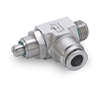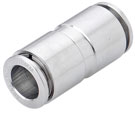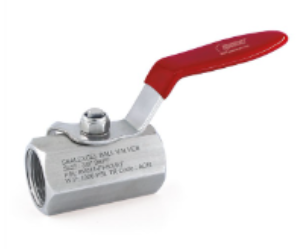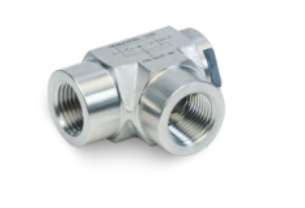
The Use Of Flow Control Valves In Pneumatic Control Systems
March 21, 2015A Quick chapter on Hydraulic Compression fitting
October 15, 2015Are you aware of what pneumatic fittings are? These are special parts which are used to connect the sections of pipes, hoses and tubes, in specific pressurized pneumatic or gas systems.
What makes pneumatic fittings different from that of hydraulic options, is that they have tighter seals and only have low pressure requirements. They are also specifically used in logic control systems, along with instrumentation.
Significant differences exist between pneumatic pipes and tubes, and hoses. The pipes and tubes are manufactured as rigid vessels, made of one solid material. As a general rule within the industry, these are in fact; defined by the diameter dimension of their exterior wall. In contrast, hoses are made as flexible vessels, which are designed from the multiple layers of a variety of materials. The hose fittings are not a permanent option, as they tend to wear out with time and use.
Aside from this, it is also a good idea to develop a sound understanding of the different kinds of pneumatic fittings which are commonly used in the industry. These are classified according to their functions and connection types. Some of the most common varieties include the following:
According to connection type:
The different kinds of fittings are provided below with their own specific connection method.
- Ball and Sleeve Fittings: These are used to actually connect an outer sleeve to the inner ball or fitting. The sleeve of the fittings is designed to retract in order to connect and disconnect the two specific ends of the fitting. Some varieties also function as push to connect fittings.
- End Fittings: These fittings help provide specific surfaces for the connection of the vessels in the pneumatic systems. The clamp ends allow hoses to be clamped over a part.
- Crimp Fittings: These involve the placing of the hose over a specific tubular end, which includes crimping against it with a sleeve, crimp socket or a ring.
According to functions:
Each type can also be classified based on its own set of functions and benefits.
- Adapter: These are used to connect two different and dissimilar pipe pieces to each other, with the process of method of welding, threading or soldering.
- Unions: These are special coupling, which can be easily disconnected without any need to cut them. The connection is mostly made via threading and ensures easy release.
- Elbow: This fitting changes the flow of direction to various angles. Some of the most common angles are of 45 and 90 degrees. But elbows with a 22.5 degree angle are also available.
- Cross: This fitting serves as a 4 way connection, which is designed to provide a single inlet or three outlets, or vice versa.
- Valve: These are used to connect the vessels along with the addition of a specific valve, which allows for better control of the flow.
- Reducer: This piece includes all the connections that are used to actually join two or more types of vessels together, which are of various sizes.
The pneumatic fittings that are used within the industry ensure well coordinated and efficient working systems. A sound knowledge of the available types is essential to understand the one you need. If you want a high quality pneumatic fitting, contact SealExcel for more information or visit us at sealexcel.com




